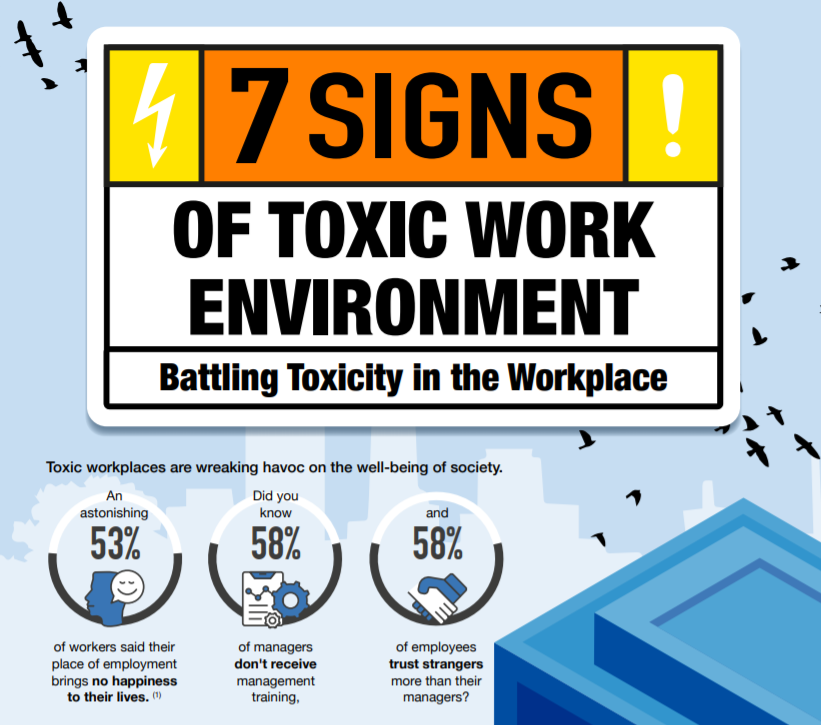Government-issued pandemic cheques and unemployment benefits for workers are pretty much non-existent, yet some companies are still struggling to find talent. But why is it so hard to find workers even, after some companies are offering hiring incentives and, have increased the starting wages?
One of the reasons cited in some surveys is, that some companies are still clinging to the way they hired and treated employees prior to the pandemic. And, if that’s the case, some workers are likely to shop around until they find a company that aligns with the way they want to work post pandemic.

If your company is struggling to find workers, here are 5 tips that might help you navigate the competing talent landscape
Pre-Pandemic and Post-Pandemic Divide
Despite a record number of job openings and shortage of workers, employers are still operating the same way they did prior to the pandemic. Some companies continue to seek out candidates with several years of experience and those who are available to work odd hours and willing to work on-site.
Workers, on the other hand, are seeking higher salaries, more flexibility, hybrid and/or remote work options. This mismatch in priorities has created a post-pandemic hiring challenge, highlighting that some employers have not adapted.
Low salary/wage
One of the reasons businesses struggle to fill open jobs is that wages and are too low. And, while some companies have made a concerted effort to increase starting wages, many are unwilling to adjust their ways and expectations, refusing to raise wages to competitive levels and placing additional demands on employees.
A work culture that embraces equity, diversity and inclusion
Equity, diversion and inclusion (ED&I) are not buzz words. They are real and many of today’s workers, grew up, in an environment that embodies ED&I and expects their workplace to reflect those values. Today’s workers want to work for organizations that value diversity and make it a priority in the workplace.
The Great Resignation and Quiet Quitting
The Great Resignation, took off in 2020 and has not abated. And now, quiet quitting a form of rebellion against oppressive workplace norms —fueled in part, by GenZ and thanks to their avid use of technology-will likely change the work-landscape.
There is no universal reason why someone may quiet-quit. Maybe they’re experiencing burnout — which hit a lot of people during the pandemic. Employers should remain engaged (and get buy-in) with their workforce on how best to achieve their team’s and their personal goals while, at the same time, allowing everyone space for their lives outside of work.
Retaining Top Performers
At a time when hiring has become so difficult, companies should focus a bit more on retaining their good employees. This requires a thorough examination of your company’s corporate culture, compensation packages, perks and company policies to determine if you are doing everything you can to retain talent.
Bottomline:
Adapting to the post-pandemic world of work and understanding what job candidates are seeking can help you win over the talent you need. What employees need and want in terms of incentives, and what you need to offer to drive employee retention, have changed. Updating your approach and investing in supporting systems can give you a key advantage in retaining and attracting key talent.
About ATS
ATS offers a broad portfolio of time and attendance solutions that streamlines the collection, calculation, and reporting of employee hours for workforce management and eliminates the manual tasks of payroll preparation, increasing efficiency and reducing errors in corporate payroll departments.
Thousands of organizations across North, Central and South America and Europe- including more than half of the Fortune 500 – use ATS TimeWork OnDemand, Workforce Planning, Employee Scheduling HR and payroll solutions to manage their workforce. ATS cloud services offer rapid deployment, support services, software updates, and enhancements; and consulting and training services.










